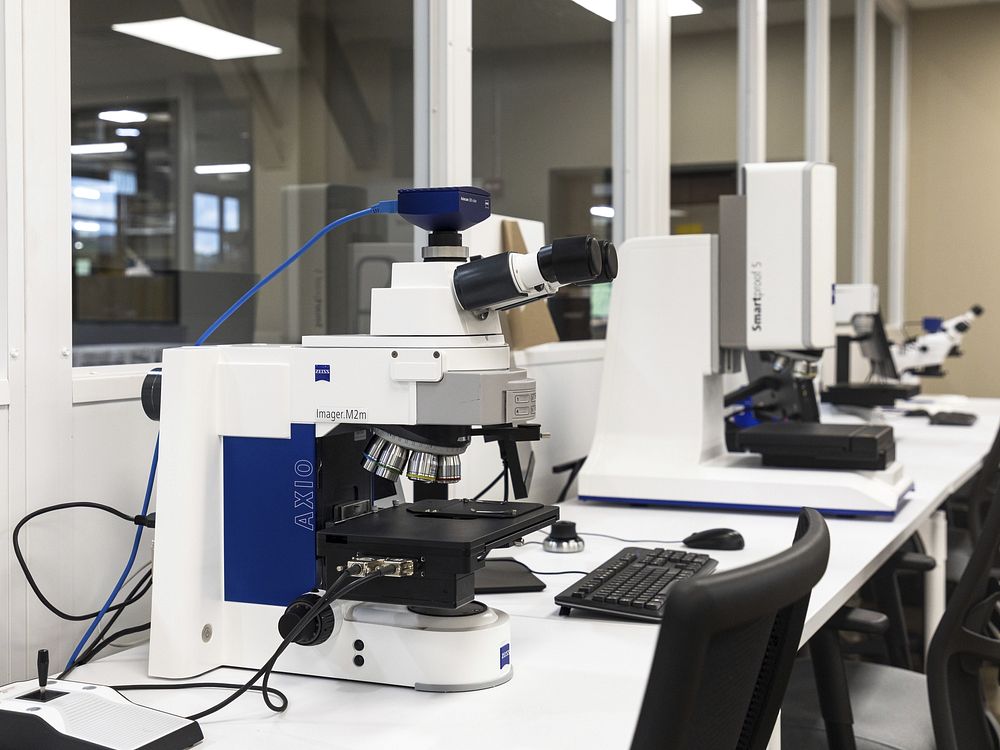Now Reading: Concept of Humanitarian Forensics in Legal System
-
01
Concept of Humanitarian Forensics in Legal System

Concept of Humanitarian Forensics in Legal System
ABSTRACT – The term “forensic science” refers to a systematic & coherent study of traces to address the question of Authentication, Identification, Classification & Reconstruction. It can also be explained as the amalgamation of various branches of science and application of scientific methods & techniques to matters under investigation and present an opinion in the court of law.
But forensic science can have a humanitarian role as well. Humanitarian forensic action is the application of forensic science to humanitarian action. During conflicts, disasters, other situations of violence and consequences of migration there are victims of violence including deceased or missing individuals. A priority of forensic science in the humanitarian space is the respectable management of the deceased and the resolution of missing cases. The identification of the individuals in a priority as families has a right to know whereabouts and fate of their relatives and the deceased have a right to the restoration of their identity after death. When people die during any natural calamities or during migration as stated earlier, their corpses must be dealt with respect and with dignity; and the remains for an unidentified individual must be looked for, revering and identification. Humanitarian functions in a way that it includes these tasks, for which the expertise and proficiency of forensic science come into play.
INTRODUCTION- Since the 1980s, the detailed scientific knowledge and application of forensics for disinterring and identification of the deceased have been introduced in a wide-scale investigation. For instance, the Argentina team of Forensic Anthropology (EAAF, Equipo Argentino de Antropologia Forense) is one of the precursors in this field and is currently operational globally. Following the probe after the conflict of the Balkans, the International Criminal Tribunal for the former Yugoslavia (ICTY) focused on the library of evidence for war crime trials. Physicians for Human Rights (PHR) is another example of usage of forensics in relation to humanitarian work, and they have a similar focus on the documentation and collection of evidence for judicial prosecution in the hopefulness of accountability and answerability for the human rights violations.
Regarding the deceased, humanitarian priorities should not be looked independently from the judicial aspects of international humanitarian, human rights, or criminal laws. The investigation in mass fatalities, whether they aim at the prosecution of perpetrators, the identification of the victims, or both, depends on the collection of the same type of related data [e.g. excavation data, biological profile (approximate age, gender, stature), pathology and trauma analyses, etc.]. The International Criminal Court (ICC) is using forensic professionals for field scrutiny as part of their court lawsuits. Then the connoisseur of the respective discipline may impart expert opinion or instruction to the court of law for trials of genocide, war crimes or any crime against humankind. The angle of approach (judicial versus humanitarian) will depend on the mandate of the corporation, and influences which disciplines and specialities of forensic sciences will be used in such operations.
Since 2003, the International Committee for the red cross (ICRC) have been actively functioning with the local authorities and forensic practitioners in order to construct standardized techniques and practices and to enhance communication & cooperation arrangement, for dealing with all aspects of forensic humanitarian demands. The neutrality, independence and impartiality of the ICRC assist its work in the forensic humanitarian deed which is grounded in International Humanitarian Law (IHL) and guided by humanitarian standards. Now active in more than 80 countries worldwide with a well-distinguished team (anthropologists, archaeologists, pathologist, odontologists, geneticists, etc), the forensic unit of ICRC helps in ensuring and making sure the smooth conduction of search and identification procedure.
The ICRC’s forensic provisions are revised to demands and establish a part of an integrated methodology to humanitarian action that looks into matter such as safety conditioning, lawful supervision, psychosocial sustenance, health care services, financial assistance, availability to potable water and apposite habitation, and lessening the humanitarian impact of weapon contamination. Let’s look deeper into some of the fields ICRC’s forensic expertise comes into play for legal aspect-
-
ARMED CONFLICT & WAR SURVIVORS- Under the guidance of international humanitarian act, the remnants of people who have deceased during armed disaccord must be moved with respect and needs to be properly managed. However, in a situation of dispute, it is often not likely to reacquire or decently manage the remnants of those who have succumbed to death, both inhabitants and soldiers. In many occasions, individuals have been detached from their peoples, have vanished or have expired without being recognized, and the whereabouts of their residues are unidentified. The survivor of the war may be reluctant to express anything about gone companion due to fear retaliation from the concerned authority. There is an increasing demand for forensic expertise, including ICRC, among State establishments and local practitioners, who need it to accomplish their commitments under humanitarian law with regards to managing dead bodies and the provision of reports and findings45 to bereaved families. Using a variety of forensic specialities – such as anthropology, archaeology, pathology, odontology (dental testing), trichology, forensic onychology and DNA analysis among the many other fields, the scientist tries to identify the unidentified.
CASE STUDY – In the Caucasus, the ICRC helps the families of missing persons in fulfilling their legal, economic and psychosocial needs. At the same time, the ICRC coordinates with the concerned authorities to encourage the obligatory forensic capacity and develop mechanisms in order to improve communication, collaboration and coordination between the involved personnel mandated to clarify the fate of missing persons.
-
DISASTERS – After a disaster, natural or man-made, the remains of the deceased must be assembled in a timely manner, properly managed and, ideally, recognized. This is vital the families and communities affected. When local infrastructure has disintegrated, it can be particularly challenging. The ICRC stipulates material aid, as well as guidance and training, to local authorities and first responders for these details. The training and advice provided by the ICRC enables first responders to collect and record information that will increase the likelihood of recognizing the dead.
CASE STUDY – In Nepal, the ICRC works with first-aiders, the Nepalese Red Cross and national authorities to enhance disaster response and develop sustainable capacity, including in the management of human remains.
-
MIGRATION – Migrants who perish along migratory routes often remain anonymous and the task of managing their remnants & establishing their identities can overwhelm local forensic facilities. The ICRC co-ordinates with local authorities and forensic practitioners in order to develop standardized techniques and protocols, and to advance communication and cooperation strategies, for dealing with this issue.
CASE STUDY – In Mexico, the ICRC and the Mexican Red Cross make arrangements for protection and assistance – basic medical services, access to basic amenities such as potable water and sanitation, and services for reuniting families – to migrants originating in or crossing through that country. The ICRC also functions with Mexico’s national medico-legal services to design domestic procedures and protocols to improve the whole process concerned with the management and identification & documentation of remains, including those of migrants, in order to assist answers to their families.
CONCLUSION – Humanitarian forensic offers us an endless variety of tools and expertise in order to locate, search and identify the unidentified. But the humanitarian forensic scientists don’t always succeed in their ventures. Sometimes their exploration never attains any conclusion or say reaches a dead end. The fate and place of those missing always remains a mystery, an unresolved case. People inspite having a name given by their loved one’s called anonymous. In the best-case scenario, though, the difficult & tedious work that these scientists do, brings closure to families so they can start mourning over their loss and gone peoples.
REFERENCES
-
https://www.futurelearn.com/courses/forensic-archaeology-and- anthropology/0/steps/67917
-
https://onlinelibrary.wiley.com/doi/book/10.1002/9781119482062
-
www.iosjournals.org>papersPDF Humanitarian Forensic-IOSR Journal
Author – APARNA DUBEY
(Intern, Department of Forensic Science and Criminal Investigation, Legal Desire Media & Insights)










